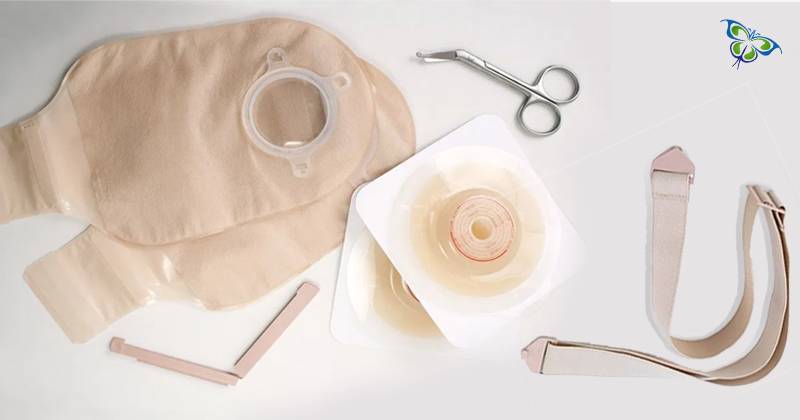
Hello
Select Address

When the need arises for you or your loved one to undergo a gastroenterological surgery, there is fear and panic. Although about 1 lakh Americans each year, enter a new life – one with an ostomy pouch – yet, the beginning is a lot more than just ‘difficult’. It is an arduous journey weighed with the constant anxiety of being embarrassed (by a pouch leak) in public, however, every fear can be countered with awareness!
To overcome all these, one needs to read and read – the internet is filled with information about hundreds and thousands of ostomates who are living a normal life! Yes, an ostomy pouch today barely interferes with your normal living once you get used to it. But for that you need to get into the most comfortable system; decide upon the pouch type and the other ostomy care supplies that suits your needs and comforts well.
The prima facie task is to decide which pouching system to go for – the one-piece or the two-piece system. Having done so, there are several other accessories that you need to collect as well as deal with, each time you change your pouch. There are 4 broad steps that complete your pouch changing process. They are –
• Preparing the skin
• Placing the pouch correctly around the stoma
• Supporting the pouch with necessary accessories
• Removing it carefully after use (without hurting your skin), and repeating the procedure all over again.
Here is a detailed guide to complete each step successfully.
Skin preparation - This involves the use of skin barrier wipes, powders, or liquid sprays. They prepare the skin in the sense that a protective layer is loaded. It safeguards the skin from harmful body effluents (that might leak and irritate the skin). Adhesives impact the skin too. Skin barriers serve to protect ostomates from all these. The third functionality of skin barriers is, they help adhesives adhere better to the skin surface!
Placing the pouch - Why is placing the pouch around the stoma correctly each time, a challenge?
That’s because the skin is not an even surface – there are folds and scars that need to be taken care of. There are skin seals that act as fillers to do away with the undulating skin and let the bag fit perfectly around the stoma. They also help to absorb moisture. Moisture, may either affect the adhesive or the skin around the stoma. Hence preventing it is crucial!
Added support for ostomy pouches - ‘Strips’ are the most commonly used supports for ostomy bags. They are flexible, water-resistant as well as easy to use! They are mostly required by candidates who are involved in considerable amounts of physical activity like sportspersons need them. The pouches kept secured in place add to the patient’s comfort and self-confidence.
Pouch removal - The key accessory that aids in adhesive removal products. Adhesive remover wipes are non-alcoholic and mostly silicone-based. Their purpose is to allow painless removal of adhesives by quickly releasing the glued material from the skin. Every time (during a pouch change) the adhesive remover is used, it cuts down on residue build-up on your skin! Adhesive remover wipes are, therefore, widely popular for ‘sting-free’ stripping off of the wafer.
[Read more on: How to clean your stoma]
The list above consists of just the basics. Ostomy care has come a long way in the past few decades. To make your ostomy experience much comfier and more easy-going, a lot of other products or accessories have stepped in...
Stoma caps and plugs (to cover the stoma in between irrigations), barrier ings to be worn around the stoma (in order to prevent any effluent from seeping), ostomy belts for extra abdominal support or stoma shields (used by sportspersons) are among the modern-day ostomy care supplies.
Did you think that ostomy is for the entire life? Well, although that's the case with most ostomates, we do have the liberty to think the other way round too! Firstly, ostomies are either temporary or permanent. The former helps you to recover from surgeries and other medical procedures. For permanent ostomies, unfortunately, there are no reversal options.
Ostomy reversal can happen only in cases where the health condition of the patient is good. For insatnce, in the case of a colostomy patient, he/she must have enough rectum left post the original surgery. Also, a certain amount of muscle strength is needed to push the waste normally out of the body. Ostomy reversal could happen within 3 to 6 months of your surgery or you might even have to wait for years!